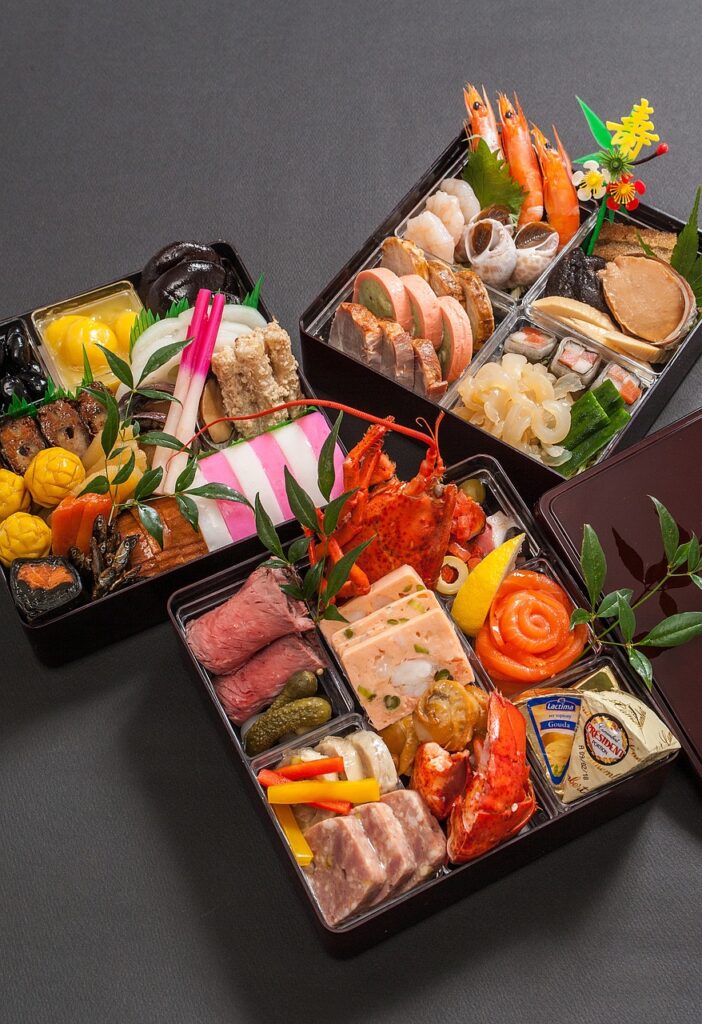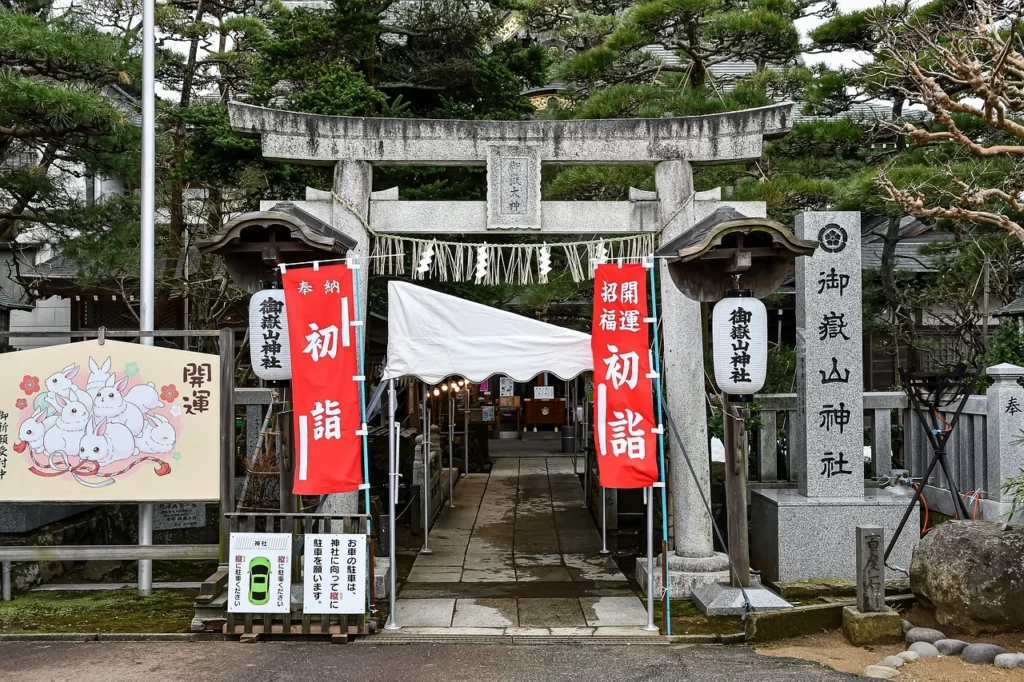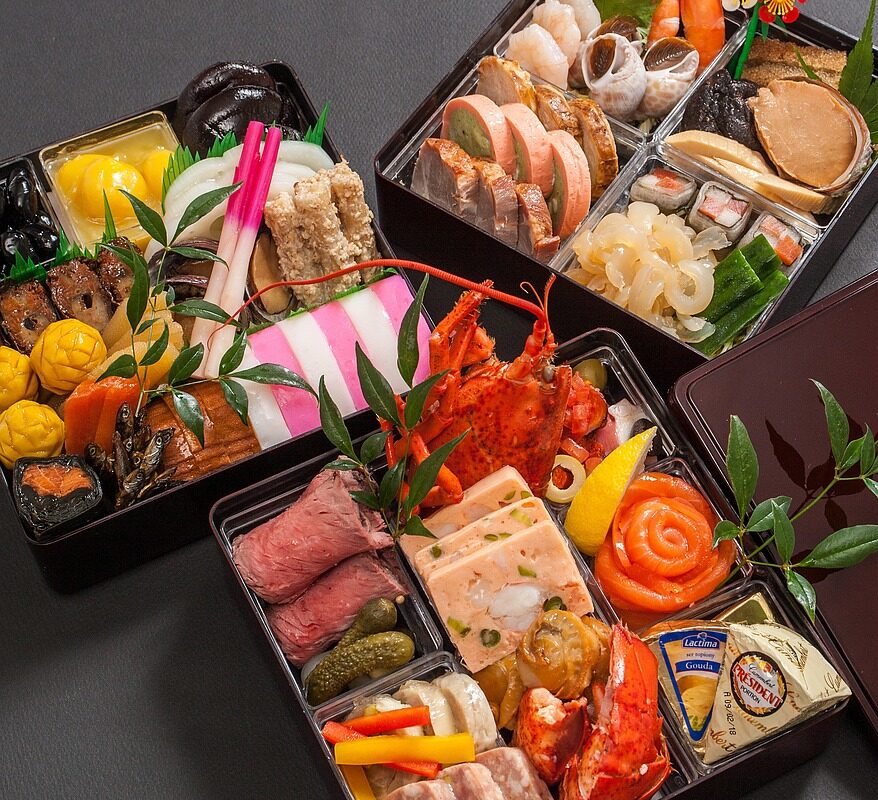The Japanese New Year, known as “Oshogatsu” or “Shogatsu,” is a significant celebration that reflects the rich culture and history of Japan. This special period is marked by various traditional events and festivals that strengthen the bond between family and friends and commemorate the beginning of a new year.

The New Year in Japan is not just a day but a season, with preparations and celebrations that span several days. As the year draws to a close, families engage in “oosouji,” a deep cleaning of homes, to welcome the New Year with a fresh start. On New Year’s Eve, many indulge in “toshikoshi soba,” noodles symbolizing longevity, and listen to temple bells ring 108 times, purifying the heart for the upcoming year.
The dawn of January 1st is eagerly awaited for “hatsuhinode,” the first sunrise of the year, symbolizing renewal and hope. Families gather to enjoy “osechi-ryori,” a traditional feast served in multi-layered boxes called “jūbako.” Each dish in osechi has a specific meaning, from prosperity to health. Another staple is “mochi,” a sticky rice cake, often used in decorations like “kagami mochi.”
Modern Japan sees a blend of these age-old traditions with newer practices. For instance, while many still visit shrines for “hatsumode,” the first shrine visit of the year, others might be on the lookout for “fukubukuro,” lucky bags filled with discounted items from stores.

FAQ: Japanese New Year for the Uninitiated
- Is Japanese New Year the same as Chinese?
- No, while both celebrate the lunar new year, the traditions, dates, and customs differ.
- What is the Japanese New Year called?
- It’s called “Oshogatsu” or “Shogatsu.”
- Why is Japanese New Year different?
- Japanese New Year is a blend of indigenous traditions, Shinto beliefs, and some influences from Chinese New Year practices.
- What is the Japanese symbol of the new year?
- Symbols include “kagami mochi,” “osechi-ryori,” and the act of “hatsumode” at shrines.
